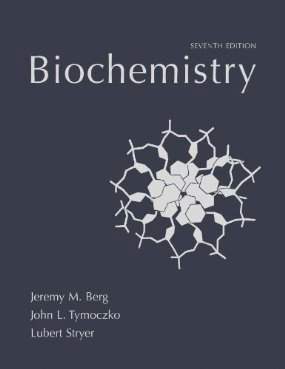Connecting...

For more information, please see full course syllabus of Biochemistry
Biochemistry Glycoconjugates
Polysaccharides can be used structurally, as fuel storage, and to carry information. Glycoconjugates are attached to proteins and lipids and come in many different classes, including proteoglycans, glycoproteins, and glycolipids. These are all used in cell recognition and have considerable amounts of branching. Many of the proteins in cell membranes are identified using a particular proteoglycan. This lecture compares the structure of a linear glycosaminoglycan (chondroitin-4-sulfate) with glycoproteins. Common monomers in the oligo part of glycoproteins include GlcNAc (N-acetylglucosamine), mannose, galactose, Neu5Ac (N-acetylneuraminic acid), and GalNAc (N-acetylgalactosamine). The lecture includes an example of an N-Linked oligosaccharide as well as N-acetylneuraminic acid and L-furose. It also covers cell membrane structure, including the structure of glycolipids and lipopolysaccharides in the membrane.
Share this knowledge with your friends!
Copy & Paste this embed code into your website’s HTML
Please ensure that your website editor is in text mode when you paste the code.(In Wordpress, the mode button is on the top right corner.)
- - Allow users to view the embedded video in full-size.










































 Answer Engine
Answer Engine




Start Learning Now
Our free lessons will get you started (Adobe Flash® required).
Sign up for Educator.comGet immediate access to our entire library.
Membership Overview